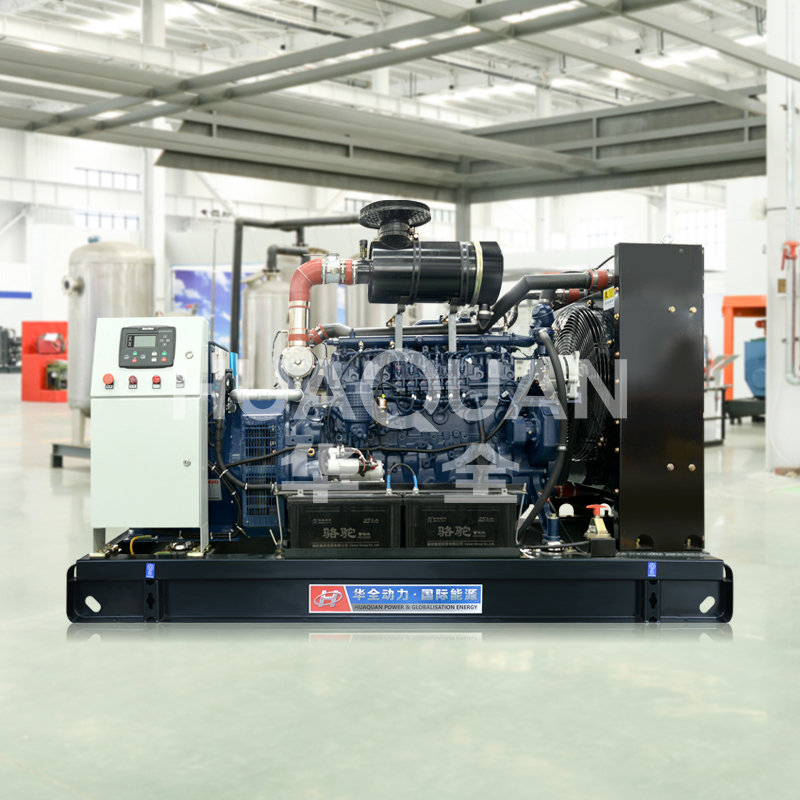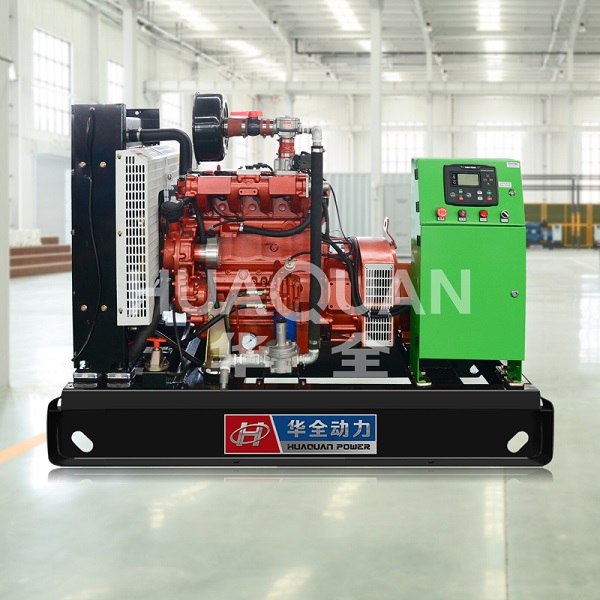Proper operation of a gas generator is crucial for ensuring safety, efficiency, and longevity. Whether used for residential backup power or industrial applications, following these safety protocols will help prevent accidents and maintain optimal performance of your gas generator.
1. Pre-Operation Safety Checks
Before starting your gas generator, conduct these essential inspections:
Verify fuel levels and ensure no leaks in connections
Check oil levels and top up if necessary
Inspect air filters for blockages
Examine all hoses and electrical cords for damage
Ensure proper ventilation around the unit
2. Safe Starting Procedures
Always follow manufacturer guidelines when starting your gas generator:
Place the unit on a stable, level surface
Keep flammable materials at least 3 feet away
Start the generator in an open or well-ventilated area
Never refuel while the unit is running or hot
3. Operational Safety Measures
During gas generator operation:
Monitor for unusual noises, vibrations, or smoke
Never overload the generator's capacity
Use proper extension cords rated for generator use
Keep children and pets away from operating area
Maintain clear access to emergency shut-off switches
4. Proper Shutdown Protocol
When shutting down your gas generator:
Turn off and unplug all connected devices first
Allow the unit to cool before refueling or storing
Store fuel in approved containers away from living spaces
Perform post-operation inspection for any issues
5. Maintenance & Storage Safety
To ensure safe long-term operation:
Follow scheduled maintenance from the manufacturer
Always disconnect spark plugs before servicing
Store the gas generator in a dry, well-ventilated area
Drain fuel if storing for extended periods
Conclusion
By following these gas generator safety guidelines, users can significantly reduce risks while ensuring reliable performance. Regular maintenance and proper operation are key to maximizing the lifespan of your equipment while protecting both people and property.








